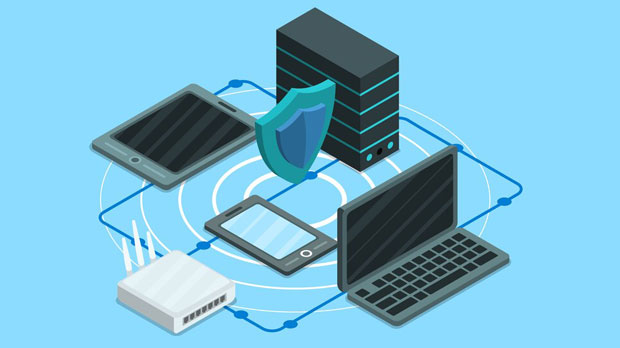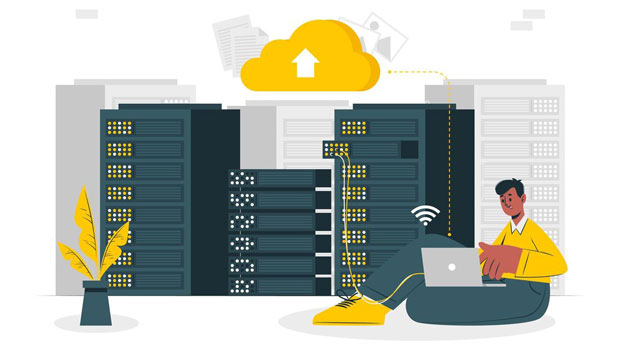In the world of digital streaming, accessing content from different regions can often be a challenge due to geo-restrictions. Many users turn to web proxies to bypass these restrictions, and among them, Best Web Proxy PYPROXY has garnered attention for its capabilities. With a rising demand for access to international streaming platforms like Netflix, Hulu, and BBC iPlayer, PyProxy offers a potential solution to unlocking these services. This article explores how PyProxy performs in unlocking streaming content, examining its effectiveness, features, and benefits in providing seamless access to global media. By evaluating various aspects such as speed, security, ease of use, and reliability, we aim to provide a comprehensive overview of how PyProxy contributes to enhancing the streaming experience. Introduction to Streaming Restrictions and Web ProxiesGeo-blocking is a common practice among streaming services, which restrict access to certain content based on the user’s geographical location. This is done to comply with licensing agreements and local laws. As a result, users who want to watch content from other countries are often met with barriers that prevent them from accessing their desired media.Web proxies, such as PyProxy, have become an essential tool for users who seek to bypass these geographical restrictions. By routing your internet traffic through a proxy server located in a different country, web proxies allow you to mask your real location and appear as though you are browsing from a permitted region.What is PyProxy and How Does It Work?PyProxy is a Python-based proxy server tool designed to offer an easy way for users to access blocked content on the web. It acts as an intermediary between the user and the internet, making requests to websites on the user’s behalf. This system hides the user's real IP address, thus bypassing location-based restrictions.Unlike traditional VPNs, which encrypt your entire internet connection, web proxies like PyProxy only affect specific traffic, such as web browsing or streaming. This distinction can sometimes make proxies a faster and lighter alternative to VPNs when it comes to streaming.Evaluating PyProxy’s Streaming Unlocking PerformanceTo assess how well PyProxy performs in unlocking streaming services, we need to focus on several key criteria:1. Access to Geo-Restricted Content The primary benefit of using PyProxy for streaming is its ability to help users access geo-restricted content. By choosing a proxy server located in a country where the desired content is available, users can unlock a wide range of international streaming platforms. Whether it's American Netflix, UK-based BBC iPlayer, or Canadian Hulu, PyProxy provides the means to access content from all around the globe.2. Speed and Latency Speed is crucial when it comes to streaming. Slow proxies can result in buffering, low-quality streams, or even complete disruptions in service. PyProxy’s performance in this area depends on several factors, including the location of the proxy server, the user’s internet speed, and the streaming service being used. Generally, a closer proxy server (geographically) to the user tends to offer faster speeds. Despite this, PyProxy is known for providing relatively high-speed connections, especially when the proxy server is well-maintained and optimized for media streaming. However, as with any proxy, performance can degrade if the server is overloaded or if the network is unstable.3. Security and Privacy While PyProxy offers an easy way to access blocked content, security and privacy can be a concern when using a web proxy. Unlike VPNs, which encrypt all traffic, web proxies typically do not offer the same level of security. This can leave users vulnerable to certain types of cyber threats, such as data interception or tracking. That being said, PyProxy does offer some level of security through its basic encryption methods. For users concerned about privacy, it is recommended to pair the use of a proxy with other security measures, such as secure browsing habits and privacy-focused tools.4. Reliability and Stability For any streaming experience, reliability and stability are paramount. A proxy that frequently disconnects or fails to load content can ruin the user’s viewing experience. PyProxy’s reliability is generally considered acceptable, but like all proxies, it is subject to fluctuations based on server load, internet congestion, and the specific content being accessed. PyProxy’s uptime is largely dependent on the chosen proxy servers. Premium servers generally offer better stability, while free proxies may suffer from more frequent downtimes or limited access to certain services.Benefits of Using PyProxy for Streaming Unlocking1. Cost-Effective Solution One of the biggest advantages of using PyProxy for unlocking streaming services is its cost-effectiveness. Many users opt for proxy solutions because they are often cheaper than VPNs. For users on a budget, PyProxy offers a more affordable option to bypass geo-blocking and access international content without paying for expensive subscription fees.2. Ease of Use PyProxy’s user-friendly interface and setup process make it accessible even for users with limited technical knowledge. Unlike complex VPN setups that require the installation of software and configurations, PyProxy allows users to quickly and efficiently access streaming services with minimal effort.3. Fewer Restrictions Some streaming services impose limitations on VPN usage, often detecting and blocking VPN IP addresses. PyProxy, being a web proxy, operates differently and may be less likely to face these kinds of restrictions, making it a more reliable option for streaming.Limitations of Using PyProxy for Streaming Unlocking1. Limited Device Compatibility While PyProxy is an excellent tool for accessing streaming content on web browsers, it may not be compatible with all devices. For instance, using PyProxy on mobile apps or smart TVs may require additional setup and configuration. In this case, users might find VPNs to be a more versatile solution.2. Potential for Detection Streaming services have become increasingly sophisticated in detecting proxies. Although PyProxy is effective in many cases, some services may detect and block proxy connections. In such cases, users may need to continuously change proxies or look for alternative methods to access content.3. Lack of Comprehensive Encryption As mentioned earlier, PyProxy does not offer the same level of encryption as a VPN. For users looking for robust security, especially when accessing sensitive information, PyProxy might not be the best option.Final Thoughts on PyProxy for Streaming UnlockingPyProxy can be a valuable tool for users seeking to unlock streaming content from different regions. Its ability to bypass geo-restrictions, ease of use, and cost-effectiveness make it an attractive option for many. However, it does have its limitations, particularly in terms of security and device compatibility. For users who prioritize privacy or require access to streaming services on a wide range of devices, alternatives like VPNs may be more appropriate.In conclusion, PyProxy provides a solid solution for casual users looking to stream content from other countries, but those with higher security needs or who require access on multiple devices may want to explore other options. As always, users should evaluate their specific needs and consider a variety of tools before settling on the best solution for unlocking streaming content.
Oct 17, 2025


































































